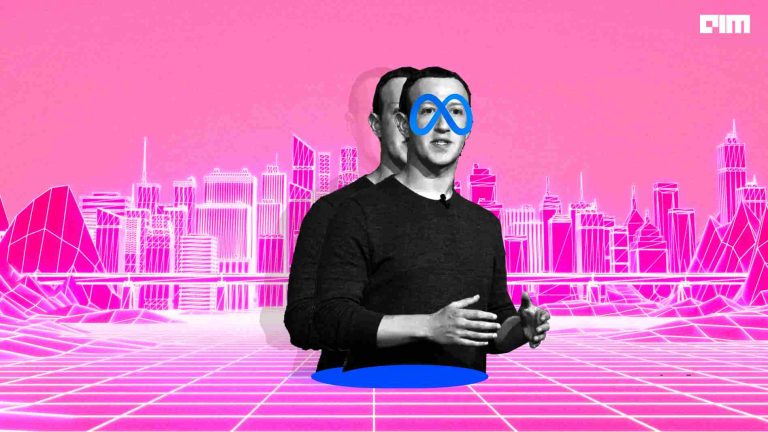
Time and again, key success mantras for organisations across industries have revolved around 3 key themes.
- Become “ONE” with the Customer : Go beyond the Conventional Products and Services
- Keep Operations“Lean”
- Innovate around your “Core Competencies “
Sounds simple? Most organisations focus on their customers through marketing activities, keep a strong tab on streamlining their operations and focus on their core competencies.
Then why is it that some organisations fail to keep up to these basic principles and fall behind in this race while others succeed? What is the common theme that ensures that market leaders remain at the top of their game for years? What are the underlying success factors for organizations like Google, Amazon, MasterCard, AT&T, Walmart? What went wrong with Hindustan Motors, Kodak, Nokia, Yahoo, Blackberry and Atari who started off as industry leaders and gradually faded into oblivion?
Jeff Bezos, the founder and CEO of Amazon, recently stated that the company is not too big to fail and that “If we start focusing on ourselves instead of focusing on our customers that will be the beginning of our end”
To stay ahead in the race, successful organisations strive to reconnect with customers in a better way by devising Omni Channel Strategies spanning online and offline channels, improve operational excellence and design the“organization for the future”
Artificial Intelligence is the heart of the Digital Disruption
While most organizations have tried executing pilot projects with Artificial Intelligence and Machine Learning, only a handful of Tech Giants and digital natives like Google, Apple, and Amazon have actually mastered the trick of embedding AI into their entire value chain.
Artificial Intelligence can reap significant benefits across the various touchpoints throughout value chain for industries spanning 3 key pillars
- Re- define Business Model :
Building a robust partner eco system to think beyond (Core Principle:Innovate around) core competencies
Theodore Levitt, a Harvard Business School Professor, onceposed a very interesting question tosome of the Senior Executives:“What business are you in”? More than five decades later, this fundamental question has become more relevant, as industry definitions and boundaries get blurry and organizations move from products to platform based business models.
Does Artificial Intelligence bring us closer to answering this question in recent disruptive times? Yes, it does.
Even though most big players across industries have “re-defined”their business model , chalked out roadmaps to build/govern their partner ecosystems and are trying to leverage external/internal data to become aggregators, it is “Artificial Intelligence” which holds the key to this competitive advantage
Re-define” Business Model leads to identification and fulfillment of additional revenue streams from the strengthened partner network.
- To move ahead of its competitors, a leading market research agency evolved its business model and built a strong partner ecosystem with its key FMCG clients by providing a platform for brand managers to drive product recommendations through AI and Deep Learning.
- A pay TV operator , a market leader, carried out Linear and Non Linear Television & Digital Audience Measurement in order to operationalize its API based Advertisement Monetization Business Model
However, in order to be successful in this, it is essential for organizations to preserve their entrepreneurial drive and continuously identify the feasible strategic initiatives to focus on.
2. Re-Evaluate the Value Chain : Adopting the “Digital Distribution Model” (Core Principle : Lean Operations and Innovate Around Core Competencies)
Value Chain Innovation has been the key differentiator for most market leaders.We all remember the meteoric rise of Dell Computers, who dominated the PC market in less time than it takes many companies to launch a product.
Again, the answer lies in the 3 basic mantras: According to Dave Schneider, the then continuous improvement engineering manager for Dell Americas operations, “We are always looking for ways to take out waste, to take out time and take out costs, and then passing those savings along to our customer,”
Re-inventing supply chain implies integrating digital technologies like autonomous vehicles , advanced robotics, 3 D Printing to build “supply chain for the future” so that companies can maintain their competitive advantage for the next 5-10 years
- A lot of major manufacturing giants all over the world are trying to use autonomous driverless vehicles and drones for transportation of goods in order to cut down the supply chain costs
- The leading American manufacturing Conglomerate have leveraged AI for “Smart predictive maintenance” in order to monitor asset health.
- Re-imaginethe Customer Journey (Core Principle : Become “One with Customer):
Next Gen customers are impatient, well informedmillennials and according to Gartner, “These customers don’t want you to put humans in their way if they could complete a task on their own. They don’t see the need for another person to be involved when technology so rarely fails them.”Organizations across industries are leveraging AI to reinvent their approach to reconnect with their increasingly demanding customer base by enhanced customer experience management and Omni channel marketing strategy.
- A leading Telco in the USA has pioneered the next Gen Customer Service Management by using Conversational Chat bots and Virtual Agents to streamline customer interactions
- A major Telco in Asia identifies and optimizes Marketing spend by eyeball tracking and image recognition
Conclusion
Early adopters of AI are reaping significant benefits and have clearly differentiated themselves from the rest. Having established that AI is one of the biggest game changers in the next few years whichwill blur industry & competition definition, how should an organization get started on this transformational journey? The drive should come from the Executive level, but where should they start from? Should they believe in theprinciple “Have a clear strategy and everything will fall in place” or should they adopt a more unconventional approach? How should they prioritize key touchpoints in the value chain where Artificial Intelligence can yield the maximum Value? Should they start with executing pilot projects before embarking on a full-fledged AI journey?
Disclaimer: Opinions in the article do not represent the ones endorsed by the author’s employer.


















































































